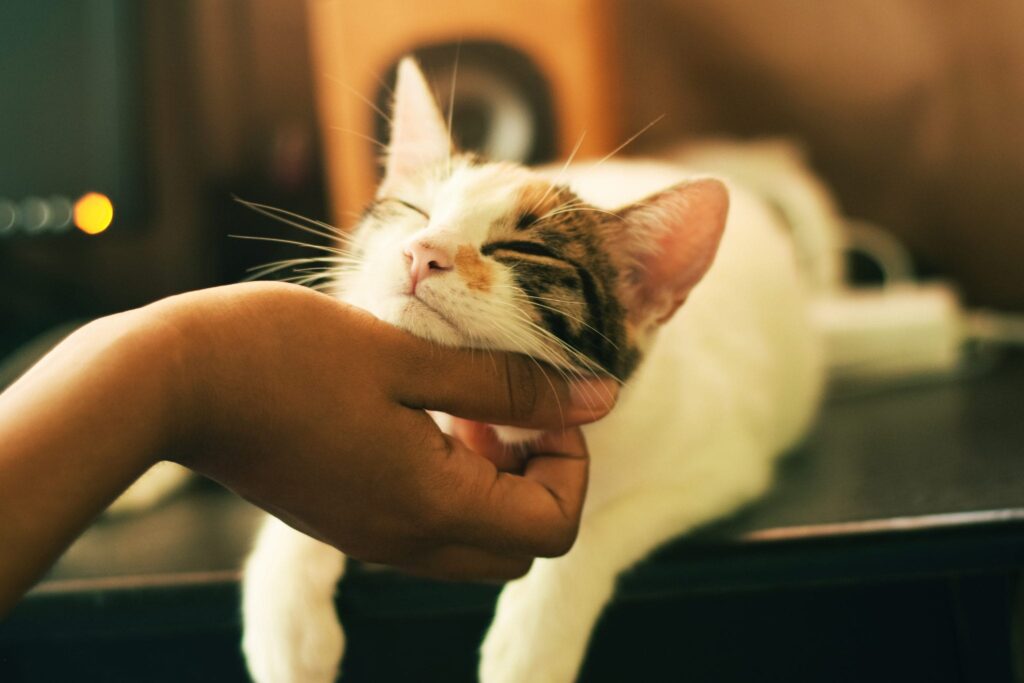Happiness, according to Peanuts creator Charles Schulz, is a warm puppy. And while you may not agree with Charlie Brown himself, many Americans do. The 2017-18 National Pet Owners Survey concluded 68 percent of American households own at least one pet. In total, 84.6 million U.S. homes have a pet.
Last year these 84.6 million homes spent a combined $17.07 billion on veterinary care alone. Every six seconds a pet owner faces a vet bill of $5,000 or more. This amount of money may not seem significant to some people.
But to the average American, this sum is more significant than their entire savings. According to a 2017 GoBankingRates survey, 69 percent of Americans have less than $5,000 in savings. For all these people, a $5,000 veterinary bill would be financially crippling.
And financial stress can wreak havoc on an employee’s productivity. A 2017 Mercer survey found employers lose up to $250 billion a year due to financial stress. So, while it may seem like pet insurance is a frivolous benefit, there’s reason to believe the opposite. This benefit can work to reduce employees’ financial stress thereby adding to your bottom line.
Pet Insurance – Defined
Pet insurance is medical insurance, for pets. Simple enough, right? If your pet has an accident, illness, or injury and needs veterinary care, pet insurance helps cover some or all of the costs of treatment. It’s important to note that most pet insurance policies don’t include coverage for routine care and exams.

But pet insurance, like other forms of insurance, is becoming more customizable. Pet owners can now choose between different deductibles, co-pays, and annual maximums that best fit their needs. Similarly, pet owners can choose between plans that cover accident and illness, and accident-only.
A few providers do offer routine wellness care coverage. Routine wellness can include annual exams, flea and tick treatments, and vaccinations. Though it’s worth reiterating most plans are accident and illness or accident-only.
Premiums usually cost between $10 to $100 a month. Premiums for dogs are typically more expensive than those for cats. The average cost of coverage for dog’s ranges from $30-$150 a month. Conversely, coverage for cats is typically between $10-$50 a month.
There are a few fundamental differences between insurance for man and man’s best friend. The first difference is that the vast majority of pet insurance plans do not have an in-network provider. Pet owners can then choose any veterinary they want, or what’s closest, without having to worry about paying an out-of-network charge.

The second key difference is that the majority of pet insurance policies rely on a system of reimbursement. This system means pet owners will still have to save cash for costly procedures, even if their pet is covered.
After paying for treatment, the pet owner files a claim and is reimbursed after that claim is approved. So, pet owners with pet insurance will still need to save money in case their furry friends experience a medical emergency.
No Longer a Niche
This year the North American Pet Health Insurance Association announced the industry has officially grown to a $1 billion industry. Also, in 2017, the total number of pets insured in the U.S. and Canada reached over 2 million. This total is a 17 percent increase from the previous year.
These numbers demonstrate the reach of pet insurance. This industry has grown precipitously throughout the past decade. And by all indications, the scope of pet insurance will only continue to advance.
How Pet Insurance Helps Your Business
There are four primary benefits pet insurance can offer your organization.
1. Recruitment
As previously discussed, pet insurance is no longer such a niche benefits offering. Still, the Society of Human Resource Management (SHRM) estimates that only nine percent of all businesses currently offer pet insurance. Including pet insurance as a voluntary benefit is a cheap way to separate yourself as a company.

Pet insurance can be an especially powerful recruiting tool for younger workers. The two youngest generations in the workforce, Millennials and Gen X, have the highest rates of pet ownership at 65 and 71 percent respectively.
In a recent survey from Skout, 58 percent of employees under the age of 30 said that dogs in the office make a business “a cool place to work for.” This number was three times the amount who said the same thing for a ping-pong or foosball table.
Employees want to work for a company that is pet-friendly. Sponsoring insurance for your workers’ furry pals is a way to demonstrate your pet-friendly environment.
2. Alignment
Workers want to feel as if their values align with company values. Not only do more people own pets, but more people also consider their pets family members. Over 95 percent of pet owners now consider their pets to be a part of their family.
Pet insurance shows your workers that you care about what they care about; their pets. This insurance covers employees’ pets and ensures these beloved creatures stay healthy. It is a voluntary benefit that aligns employee and company values.
3. Retention
Giving employees a benefit that protects their four-legged friends/family is an excellent way to keep employees. If a worker values their pet, and other potential employers don’t offer pet insurance, they are more likely to stay with your organization.

As previously mentioned, less than an estimated 10 percent of all companies provide this type of insurance. Any employee who has a pet they’re close with is much more likely to stay with your company if you protect their four-legged loved ones.
4. Productivity
Believe it or not, offering pet insurance can work to stave off decreases in productivity. This insurance can help your business by keeping employees less stressed, which can increase productivity.
Research from Towers Watson found that employees with high-stress levels have lower engagement and are less productive. In a 2007 survey, the American Psychological Association found that 73 percent of Americans cited money as a significant source of stress in their lives.
Conversely, 73 percent of pet owners admitted they would take on debt to pay for medical care for their pets. Pet insurance can save these employees from having to go into debt, and therefore protects them from a significant source of stress.
Keeping your employees less-stressed directly correlates to increased engagement, productivity, and decreased absenteeism.
The Wrap
Although it’s designed to protect animals with four legs (or no legs), pet insurance is really aimed at protecting the two-legged animals you employ. Help your employees avoid financial stress, protect what’s important to them, and safeguard your company’s bottom line. Pet insurance may seem insignificant to some, but for over 84 million households, it’s an invaluable benefit.

